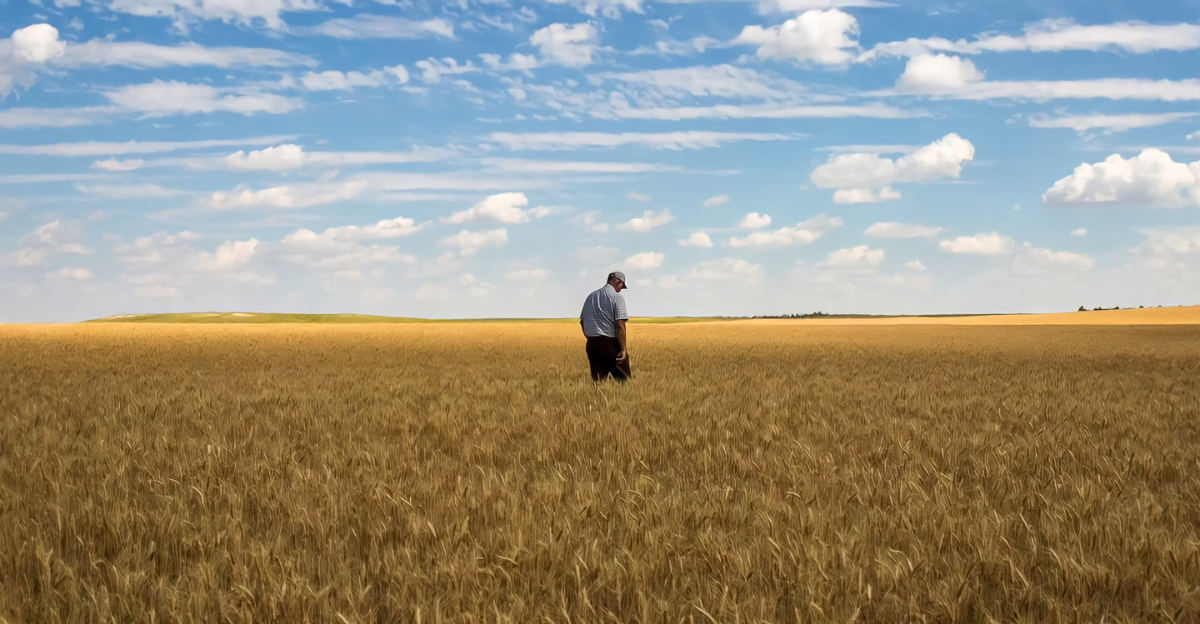
Crops are rotting in the fields. Not because of drought. Not because of pests. But because there’s no one left to pick them.
Across the country, farmers are watching their harvests die, and with them, their livelihoods. It’s not just lost food or income. It’s methane spewing from decomposing vegetables, contaminated water from wasted fertilizer, and a growing pile of environmental fallout we’re all going to feel.
So what’s driving it? A mix of disappearing farmworkers, harsh immigration crackdowns, and trade policies that have left food stranded with nowhere to go. Meanwhile, the planet’s warming, the Amazon’s shrinking, and U.S. farms are turning into ground zero for a climate crisis no one’s talking about. Let’s break it down.
When Workers Vanish, Crops Rot—and Trust Evaporates
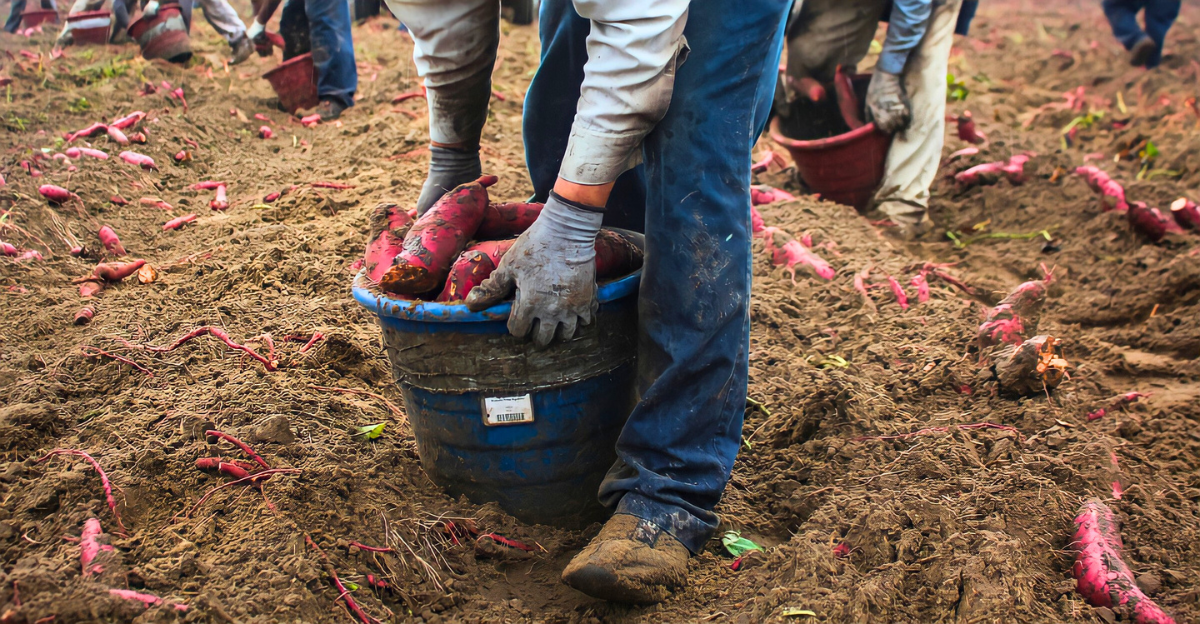
Wisconsin farmer Tracy Vinz put it bluntly: “I’ve employed Americans, and they quit after a few days. They quit after a few hours.” That frustration is widespread. While 42% of hired crop workers lack legal status, American citizens routinely reject these grueling jobs.
In Colorado, farmer J.J. Ficke backed Trump, only to lose access to federal seasonal workers when funding froze. Labor shortages have helped eliminate over 141,000 farms since 2017. And when crops go unharvested, they don’t just disappear. They rot, releasing pollution that lingers long after the season ends.
ICE Raids Are Turning Farm Towns Into Ghost Towns
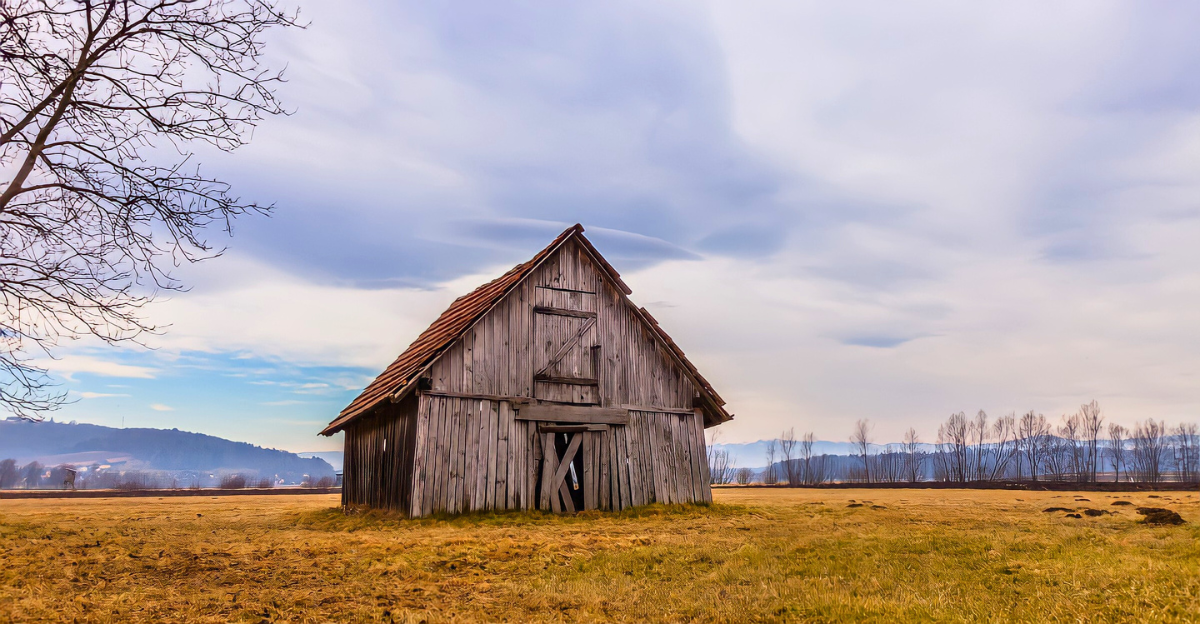
Tighter immigration enforcement is hollowing out farm communities. ICE rolled back protections against farm raids just days after promising restraint, reigniting panic. In California, where half of the 255,700 farmworkers are undocumented, entire regions risk losing their labor force. After one raid in New Mexico, a dairy was left with just 20 workers, barely enough to function.
Because 83% of farmworkers live within 75 miles of their jobs, these raids don’t just remove workers; they disrupt entire agricultural systems. The aftermath? Crops decay in the fields, and the fertilizer, water, and pesticides used to grow them become environmental hazards.
Trump’s Tariffs Made Things Worse—and the Crops Paid the Price
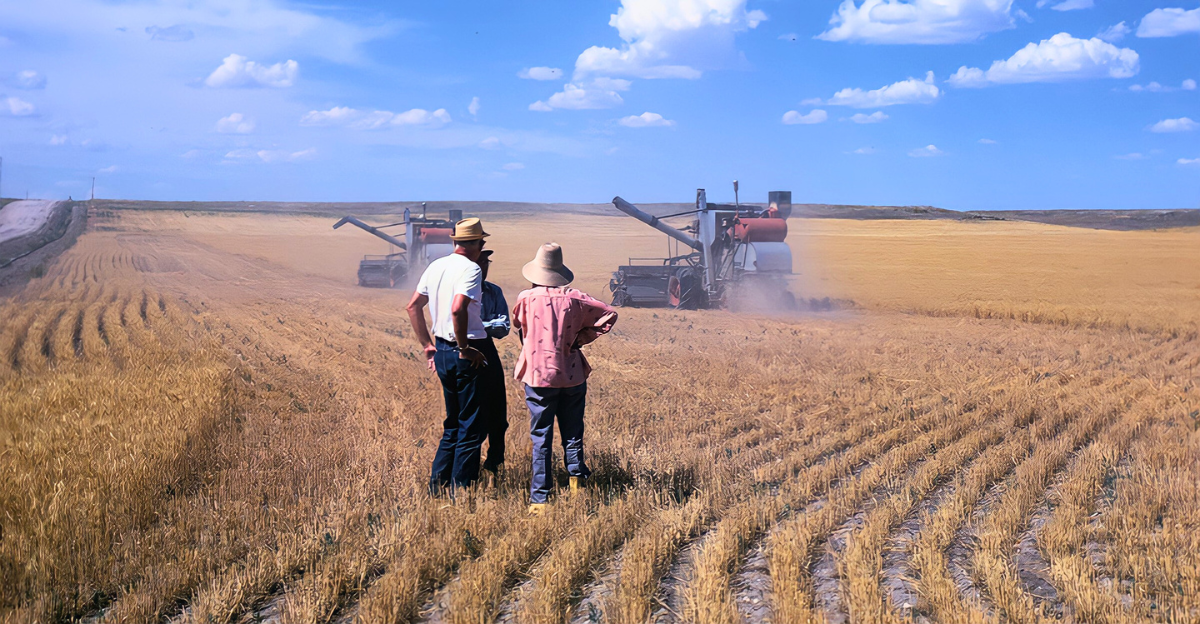
Trump’s trade war sent shockwaves through American agriculture. In 2024, China bought $29.25 billion in U.S. farm goods, but then pivoted to Brazil. The fallout? Crops grown for export began piling up, unable to move.
The first round of tariffs under Trump’s administration led to $27 billion in export losses, with much of that food spoiling in storage or on the ground. That rot didn’t just hurt wallets. It released methane emissions on a scale comparable to entire coal-fired power plants.
The Hidden Climate Bomb in Every Field Left to Rot
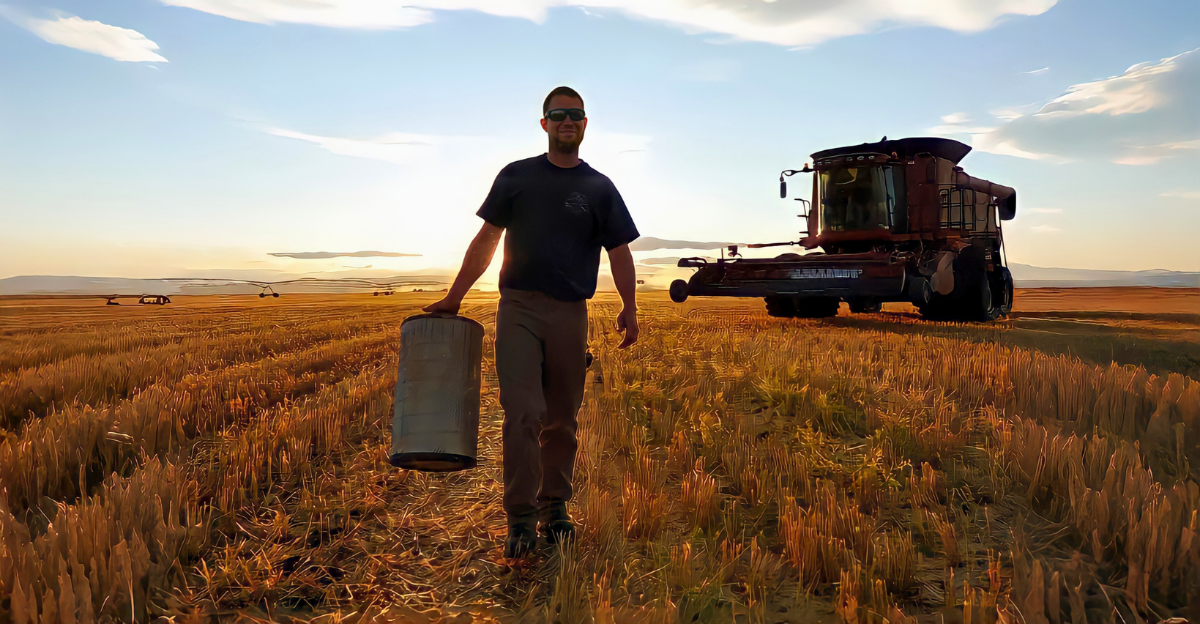
Food waste is a silent climate killer. In landfills, it produces about 58% of fugitive methane emissions, yet that doesn’t even account for what’s abandoned on farms. Methane traps heat 28 times more effectively than CO₂ over a century, and 84 times more over 20 years.
In the U.S. alone, food loss generates 170 million metric tons of CO₂ equivalents every year, matching 42 coal plants. And rotting crops seep fertilizer and pesticides into groundwater, contaminating drinking supplies across rural America.
Brazil’s Soybean Boom Is Fueled by America’s Collapse
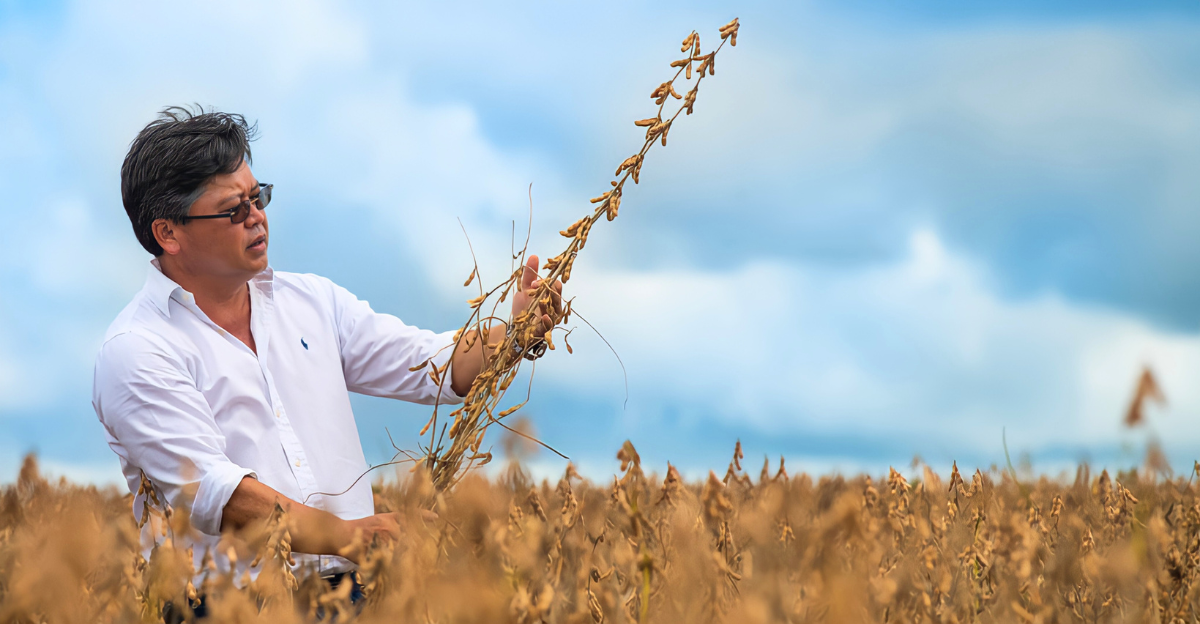
As U.S. farms falter, Brazil is booming, and the Amazon is paying for it. In early 2025, Brazil shipped $6.6 billion in soybeans to China, totaling nearly 16 million tons. That surge is driving deforestation. By 2022, 26% of the Amazon was already deforested or severely degraded, with cattle ranching responsible for most of it.
Now, the U.S. labor and trade crisis is helping shift demand, and destruction, into the world’s largest carbon sink. Every soybean sold by Brazil instead of the U.S. adds to global emissions.
Farmers Have a Plan—but They Need Congress to Act
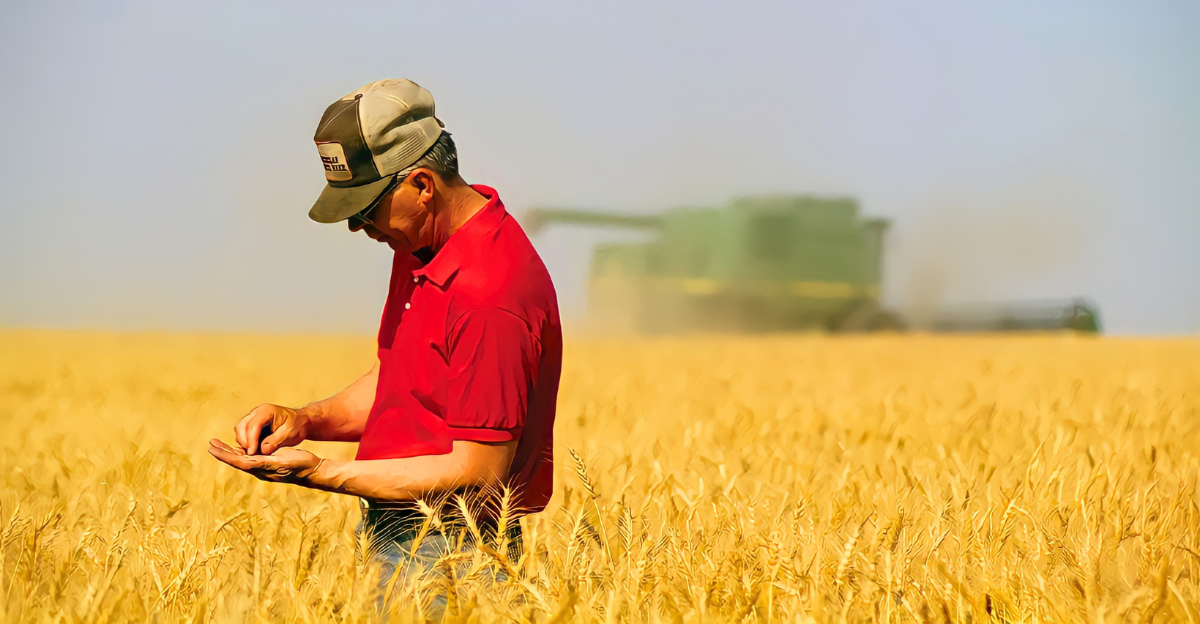
Farmers aren’t just waiting. They’re demanding fixes. The H-2A visa program offers legal pathways for temporary farmworkers, but only covers about 3% of the 2.5 million needed. Many growers are pushing to legalize undocumented workers already here, warning that mass deportations would devastate rural economies and the environment alike.
A wage increase to $15 per hour, experts say, would cost households just $15 more a year, and lift many workers out of poverty. Meanwhile, new farming tech could reduce waste and make production more efficient. But progress hinges on immigration reform and investment.
The $15 Wage That Could Stabilize the Food System
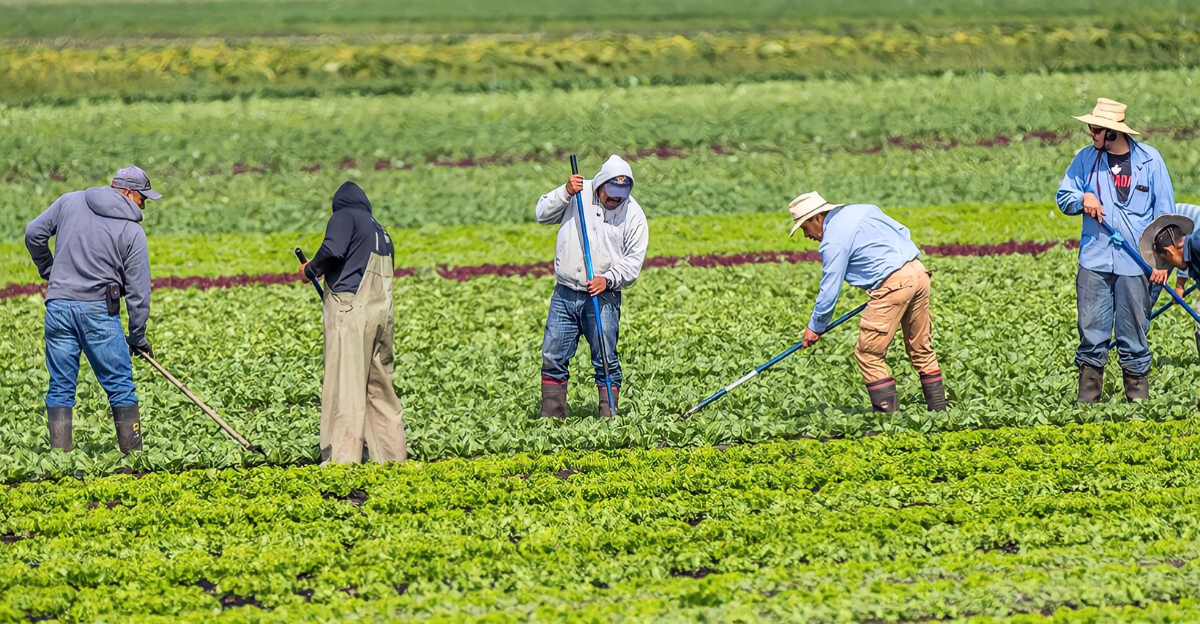
Here’s the surprising math: raising farmworker wages by 40% would increase annual grocery bills by just $15. That’s $1.25 a month, hardly a budget-breaker. But the impact on labor retention and environmental waste would be huge. Higher pay means more stable workforces, fewer unharvested crops, and less methane-spewing rot.
Better-paid workers are also more likely to engage with legal immigration systems, reducing fear and instability in farm communities. All this, for less than the price of one takeout lunch.
Smarter Farms, Greener Future
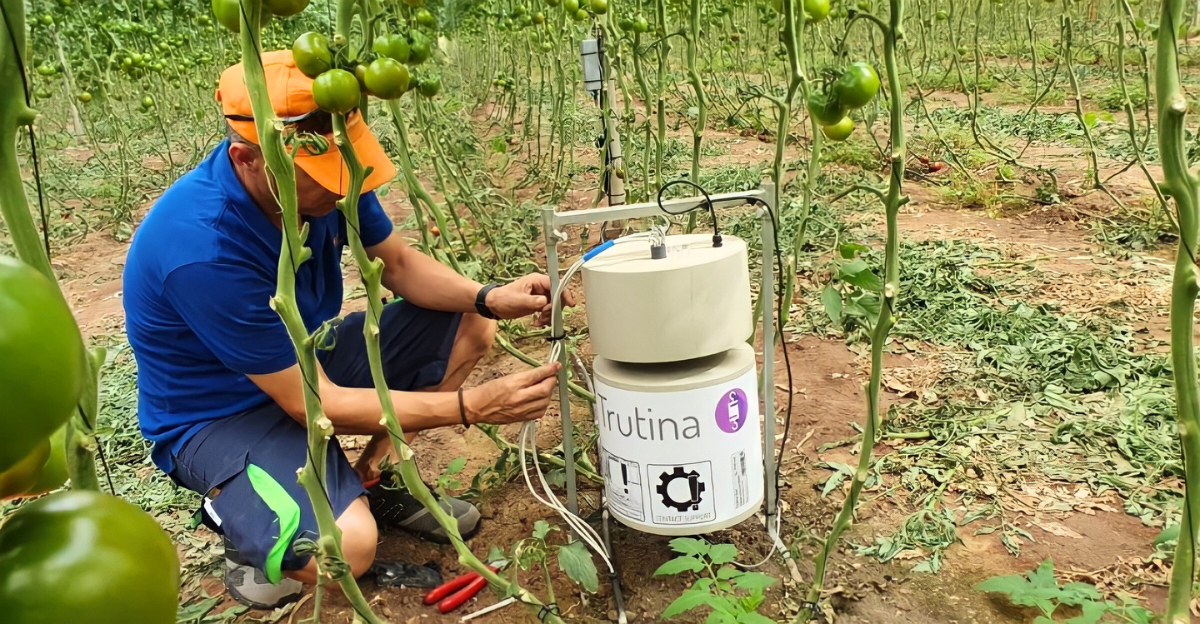
With labor in short supply and pressure mounting, farms are turning to technology. Nearly 70% of large U.S. crop farms now use precision agriculture, AI systems that manage resources, reduce waste, and boost yield. Robots and autonomous machines handle heavy tasks, while human workers focus on skilled jobs.
The goal isn’t to replace people but to make farming sustainable, even in a labor-scarce world. The real breakthrough is how these tools can cut environmental costs while preserving productivity.
The Clock Is Ticking—and the Stakes Are Global
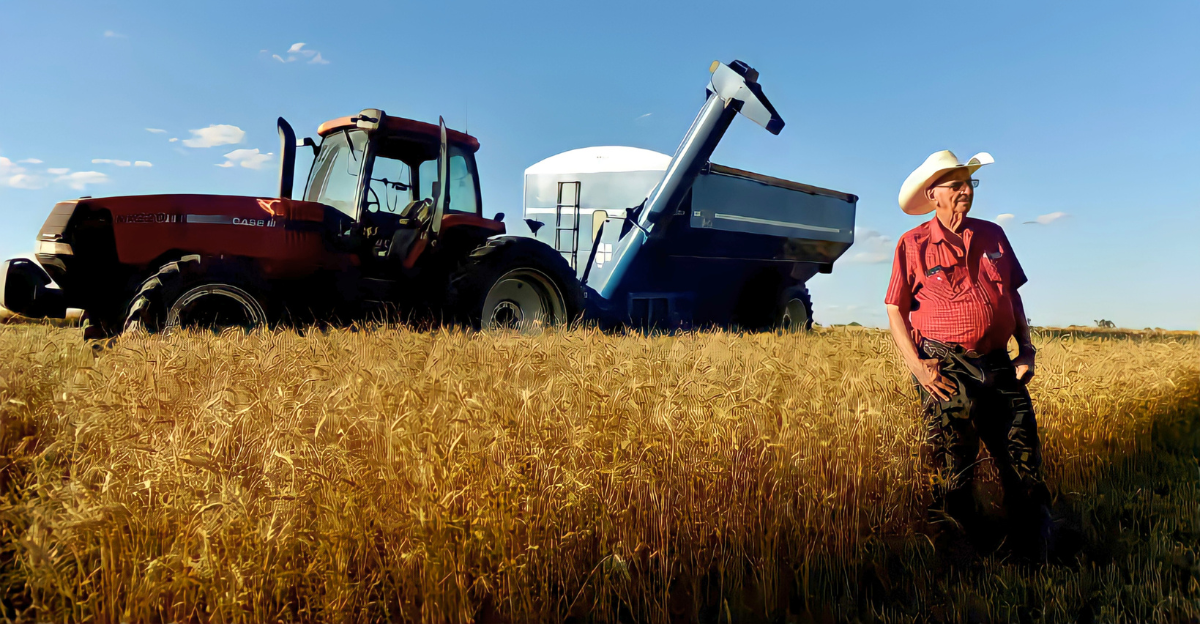
This crisis isn’t just about farms. It’s about the climate. America’s agricultural chaos is sending ripple effects worldwide, from rotting fields here at home to rising deforestation in Brazil. Every day lost to inaction means more crops wasted, more families displaced, and more heat-trapping gases entering the atmosphere.
Reform isn’t optional, it’s urgent. Immigration policy, trade decisions, and sustainable technology must come together now. Because if we don’t fix this, the true cost won’t be measured in dollars. It’ll be measured in the livability of the planet itself.







